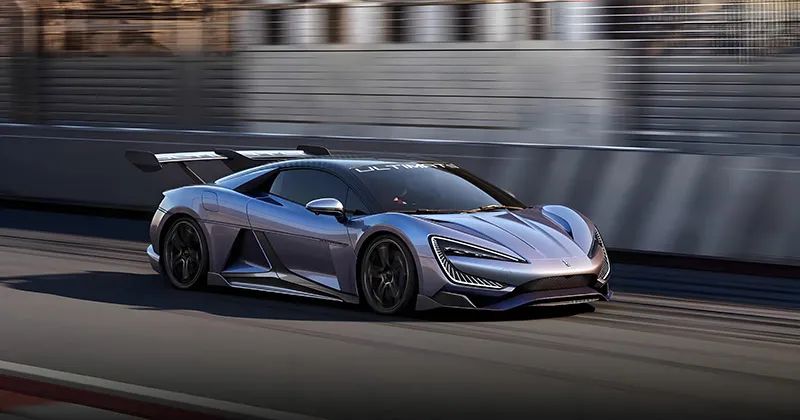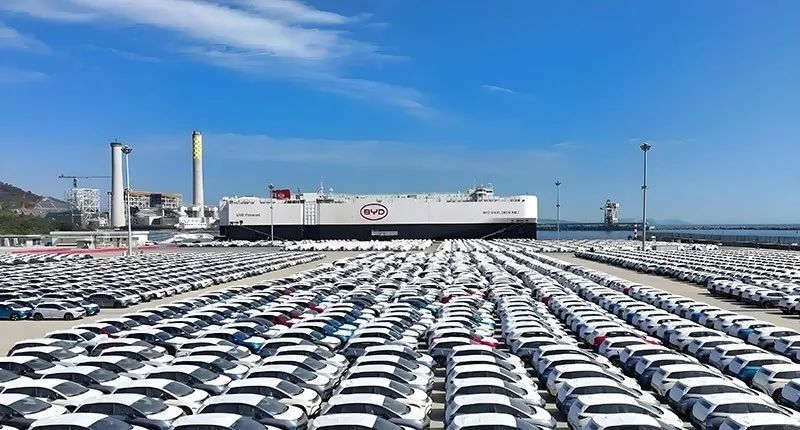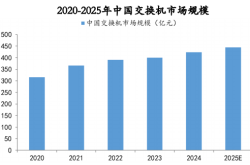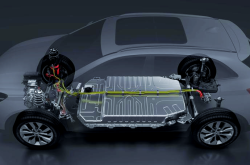Nearly Half of July Auto Production and Sales Comprised New Energy Vehicles
![]() 08/21 2025
08/21 2025
![]() 595
595
Recently, the China Association of Automobile Manufacturers (hereinafter referred to as "CAAM") released July's auto industry production and sales data. Despite July traditionally being a slow season for the auto market, this year's performance presented several noteworthy highlights. Overall production and sales grew, new energy vehicles maintained their upward trajectory, and traditional fuel vehicles also exhibited signs of recovery.
Shengma Finance observed that with continuous new model launches by enterprises and stable market operations, monthly auto production and sales increased year-on-year. Among them, new energy vehicles continued their rapid growth, and auto exports remained stable. Compared to the same period last year, BYD's export growth was the most significant, reaching 553,000 vehicles, a year-on-year increase of over 130%.

While overall production and sales declined month-on-month, new energy vehicles sustained high growth.
Data reveals that in July, auto production and sales reached 2.591 million and 2.593 million vehicles, respectively, down 7.3% and 10.7% month-on-month but up 13.3% and 14.7% year-on-year, marking the highest levels for the same period in history.
From January to July, auto production and sales totaled 18.235 million and 18.269 million vehicles, respectively, up 12.7% and 12% year-on-year. Compared to January-June, the growth rates in production and sales increased by 0.2 and 0.6 percentage points, respectively.
Chen Shihua, Deputy Secretary-General of CAAM, analyzed that the auto market entered a traditional slow season in July, with some manufacturers arranging annual equipment maintenance, which slowed down the production and sales pace month-on-month, in line with seasonal patterns. However, from a year-on-year perspective, July's auto production and sales volume hit a new high for the same period in history, making it the hottest July for the industry.
Contributing factors include the continued impact of the trade-in policy, positive progress in the industry's comprehensive rectification of "internal competition," and the continuous launch of new models by enterprises. These factors collectively contributed to the stable operation of the auto market.

In the July auto market, new energy vehicles remained the main growth driver. That month, new energy vehicle production and sales reached 1.243 million and 1.262 million vehicles, respectively, up 26.3% and 27.4% year-on-year. New energy vehicle sales accounted for 48.7% of total new vehicle sales.
From January to July, new energy vehicle production and sales totaled 8.232 million and 8.22 million vehicles, respectively, up 39.2% and 38.5% year-on-year. New energy vehicle sales accounted for 45% of total new vehicle sales.
Breaking down the models, in July, pure electric vehicle production and sales reached 807,000 and 811,000 vehicles, respectively, up 41.9% and 47.1% year-on-year, demonstrating strong growth momentum.
CAAM believes that the new energy vehicle market has sustained its rapid growth trend. In recent years, with continuous advancements in battery technology, gradual improvement in charging infrastructure, and heightened consumer awareness of environmental protection, new energy vehicles have become increasingly favored by the market. Many automakers have also increased their research and development and production investments in the new energy vehicle sector, continuously launching new models and enriching their product portfolios, further stimulating market demand.

Auto exports maintained growth, with new energy vehicles significantly driving this expansion.
Notably, traditional fuel vehicles also performed well in July. Domestic sales of traditional fuel vehicles reached 981,000 vehicles in July, up 8.4% year-on-year, maintaining growth for two consecutive months. This data indicates that the fuel vehicle market has regained vitality. However, Chen Shihua, Deputy Secretary-General of CAAM, pointed out that although fuel vehicle production and sales have shown stable performance, the growth rate still lags behind that of new energy vehicles.
From January to July, domestic sales of traditional fuel vehicles totaled 7.676 million vehicles, accounting for 52.62% of the total domestic auto market. While domestic sales of traditional fuel vehicles from January to July 2025 declined by 1.8% year-on-year, the decline was significantly reduced compared to the same period last year.
Industry insiders analyzed that traditional fuel vehicle manufacturers have made numerous adjustments to their market strategies this year, including improving product performance and optimizing pricing systems, which have bolstered the performance of the traditional fuel vehicle market. Many traditional automakers have lowered fuel vehicle prices and upgraded configurations to enhance product competitiveness and attract consumers.
In terms of exports, 575,000 vehicles were exported in July, down 2.8% month-on-month but up 22.6% year-on-year. By vehicle type, passenger vehicle exports reached 499,000 vehicles, down 0.5% month-on-month but up 25.2% year-on-year; commercial vehicle exports reached 76,000 vehicles, down 16% month-on-month but up 8% year-on-year.

Among them, 225,000 new energy vehicles were exported, up 10% month-on-month and 1.2 times year-on-year, making new energy vehicles a significant driver of auto exports. From January to July, auto exports increased by 12.8% year-on-year, with new energy vehicle exports reaching 1.308 million vehicles, up 84.6% year-on-year.
CAAM stated that the competitiveness of Chinese autos in the international market is continuously improving, especially new energy vehicles, which have gained increasing recognition from overseas consumers due to their technological and cost advantages. Sales of new energy vehicles from some Chinese brands have continued to grow in Europe, Southeast Asia, and other regions, with brand awareness gradually increasing. With the increasing demand for new energy vehicles in overseas markets and the advancement of Chinese automakers' global layouts, auto exports are expected to maintain a growth trend.
Looking ahead, CAAM expects the auto market to remain stable but anticipates that the trend will be influenced by factors such as "the high base from the same period last year" and "the imposition of vehicle purchase taxes on new energy vehicles next year." Overall, the continued growth of new energy vehicles and the recovery of traditional fuel vehicles in July have injected new vitality into the industry's development, and the strong performance of auto exports has also won more opportunities for the Chinese auto industry in the global market.

END








